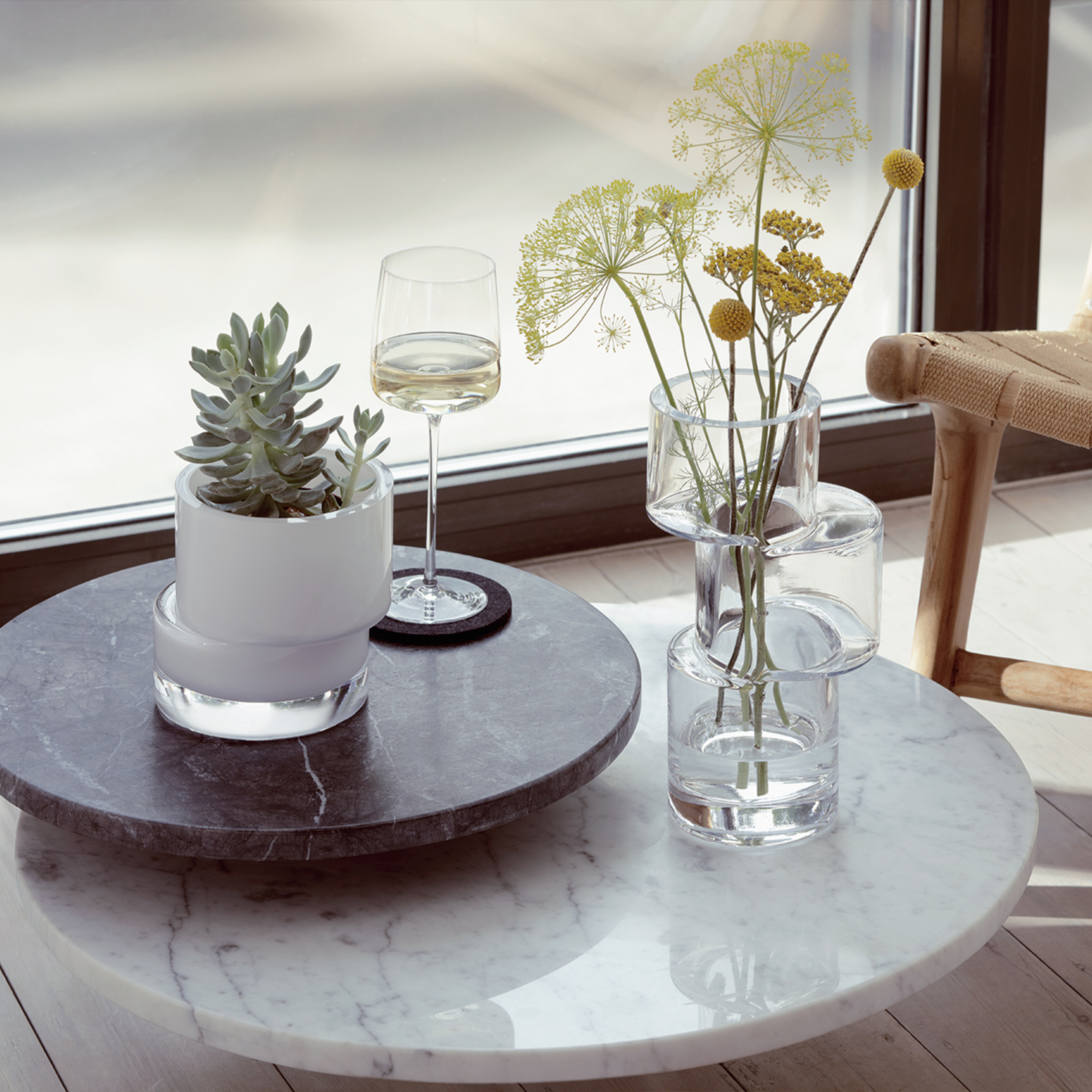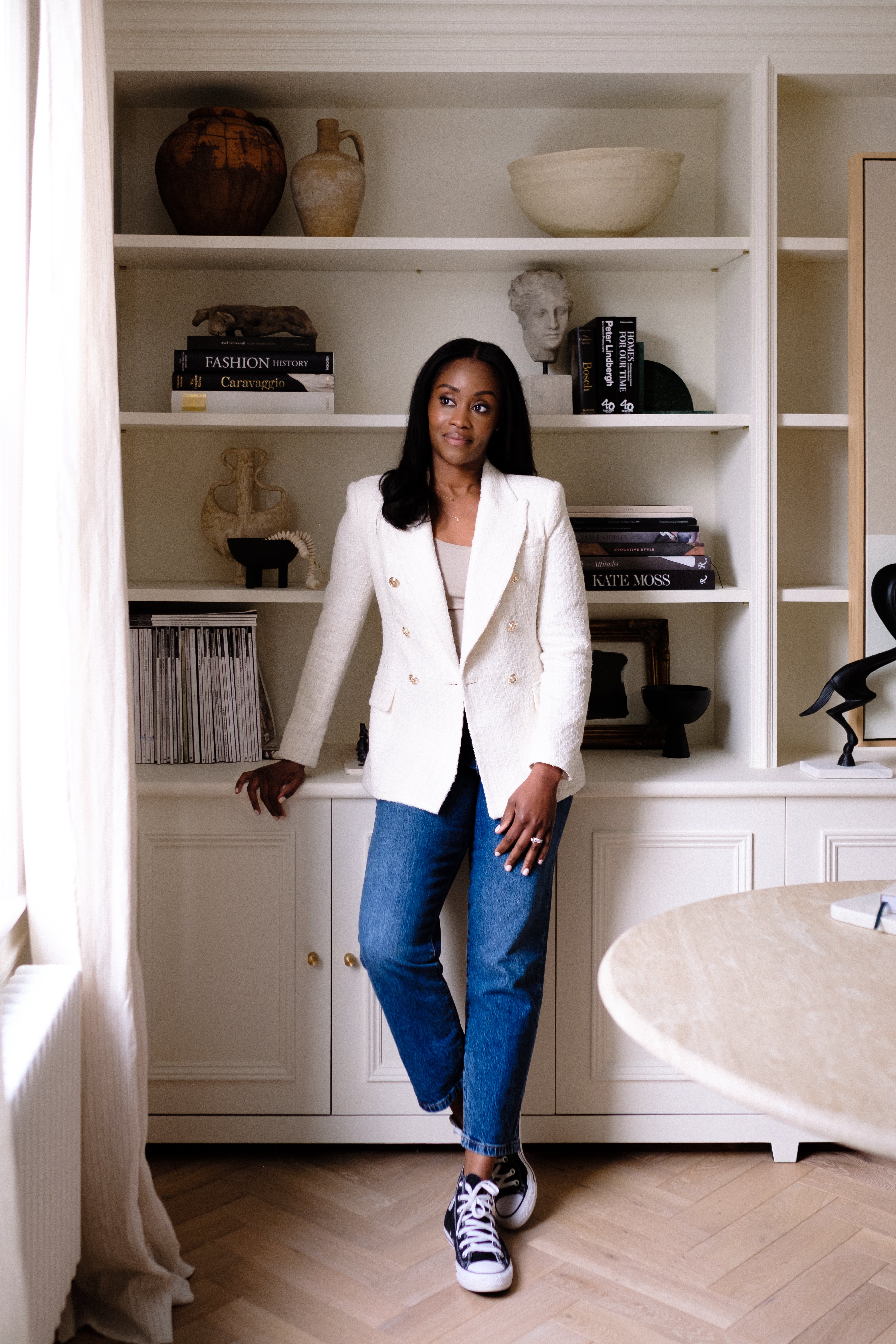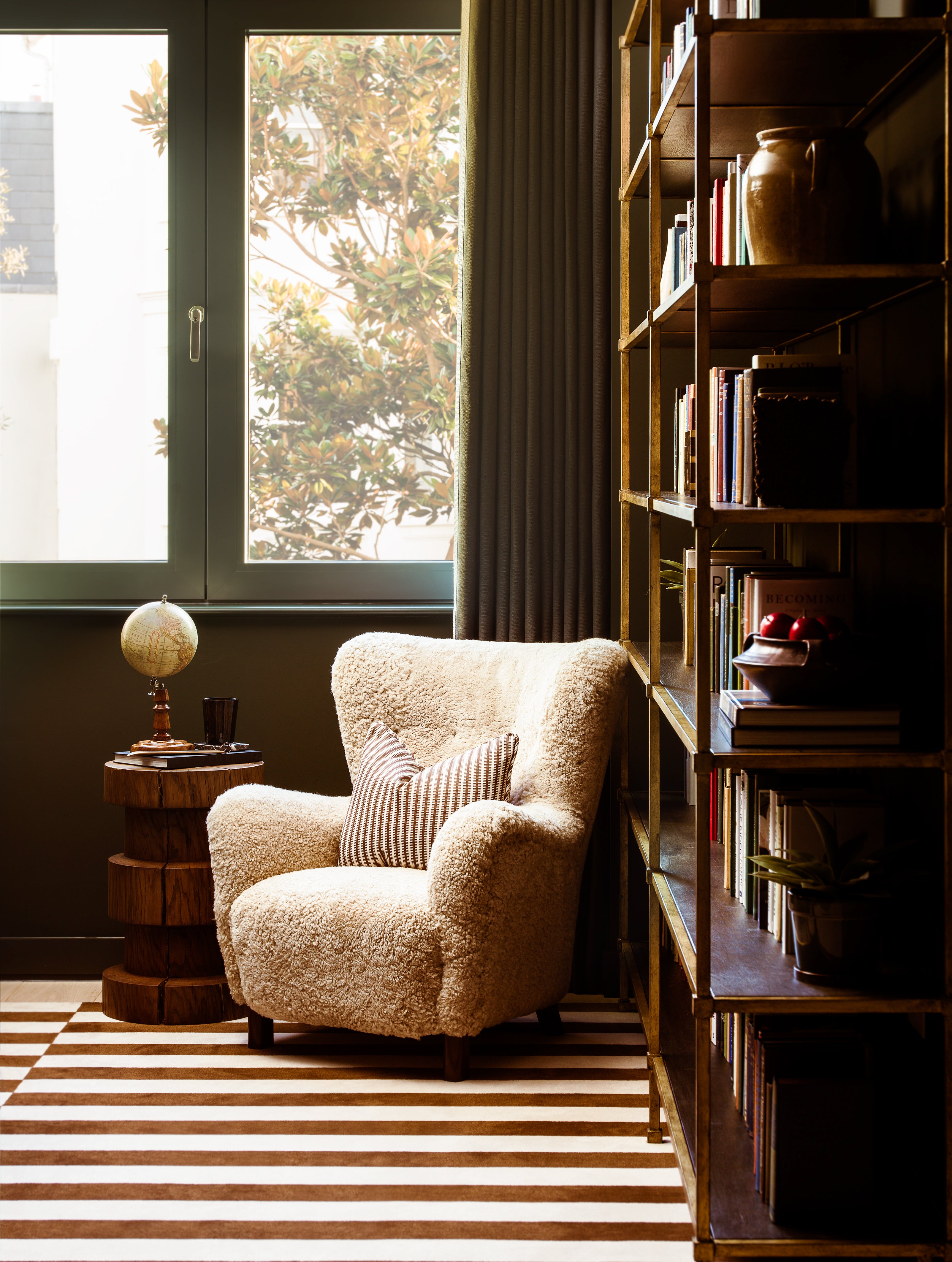
Wellness in the home can mean different things to different people. Aesthetically, a sense of calm, safety and wellbeing is derived from whatever your sensibilities are when it comes to style and colour.
Soothing, textural, pared-back, Scandi-inspired environments may feel clinical and over-thought to some, while cosy, pattern and colour-rich rooms shrouded in throws and rugs and strewn with mismatched cushions might appear cluttered and chaotic to others.
The way your home makes you feel rests on so many subjective, idiosyncratic visual elements, making a one-size-fits-all approach to designing for wellness redundant. However, some interior and homeware designers are beginning to work on certain design principles that allow for taste discrepancies, helping their clients and customers adopt ways of thinking that promote wellbeing without sacrificing personality or expressiveness in the home.
One such designer is Morten Warren, the founder of Zuma, a company revolutionising the way we experience light and sound in the home. “The optimal combination of light and sound is hugely influential when it comes to both our mental and physical health,” he says, adding that technology can be a force for good in this area.
Zuma holds this ethos at its core, combining hi-fi-quality speakers and intelligent lighting for a wireless solution that takes home tech a few steps further than the traditional “home guardian” we have come to expect in the contemporary home. The technology is concealed in spotlight cavities, projecting from lightbulbs and strategically placed speakers a canopy of sound and setting whatever mood you might need.
One of the most advanced and scientifically interesting innovations in the Zuma technology is its Circadian Rhythm preset, automatically adjusting the lighting in the room to the same colour temperature as the natural light outside, improving energy levels and sleep quality. According to Warren, “the accuracy is incredible”.
Other designers are taking a more far-reaching approach to wellness by making conscious choices about materials and products they bring into the homes of their clients and customers, and their own homes, every step of the way. Not only does shopping sustainably fill us with a sense of appreciation for craft, longevity and quality when it comes to the function and the aesthetic of our homes, but it also helps protect our environment.
Consideration about the kind of materials you bring into your home, buying once and well, and reusing before you recycle, helps to reduce carbon emissions and the amount of homeware that ends up in landfill. From this perspective, wellness in the home starts with wellness outdoors.

Companies such as LSA International, a global purveyor of design-led glassware, proposes that its customers buy with integrity and mindfulness, investing in good-quality items to use and reuse for a lifetime, building associations and memories with each treasured item.
The new bedding brand, Goss & Genus, has taken the same approach. “There are no gimmicks here,” says the founder, Reem Hotse. “Instead of focusing on pattern, we’ve honed our attention on subtle design details and quality manufacturing that will appeal to those looking for the slower things in life with a responsible footprint,” she says. “I want this bedding to advocate for rest and conscious wellbeing.”

In a recent article for FT.com, the interior designer and founder of the design studio House of Grey, outlined her approach to incorporating wellness into her clients’ homes. She works on the principle of salutogenic design, developing a multisensory experience in the home with a mixture of textures, stimulating objet and fragrance to support wellness. The term “salutogenic” stands in opposition to “pathogenic” in healthcare terms, focusing on maintaining health instead of tackling problems and evaluating risks.

Albion Nord, the design studio responsible for a number of high-profile projects including townhouses at Chelsea Barracks and the recent redesign and restoration of Benham Park in Berkshire, a stately home, also believes in creating a layered textural feel in its clients’ homes to promote wellness.
“Consider your choice of textures to be as important as colour or pattern,” says Camilla Clarke, a creative director at the company. “There is nothing worse or less inspiring than flat-looking design. Interiors that promote wellness are all about evoking the senses, so texture is a vital ingredient.”







